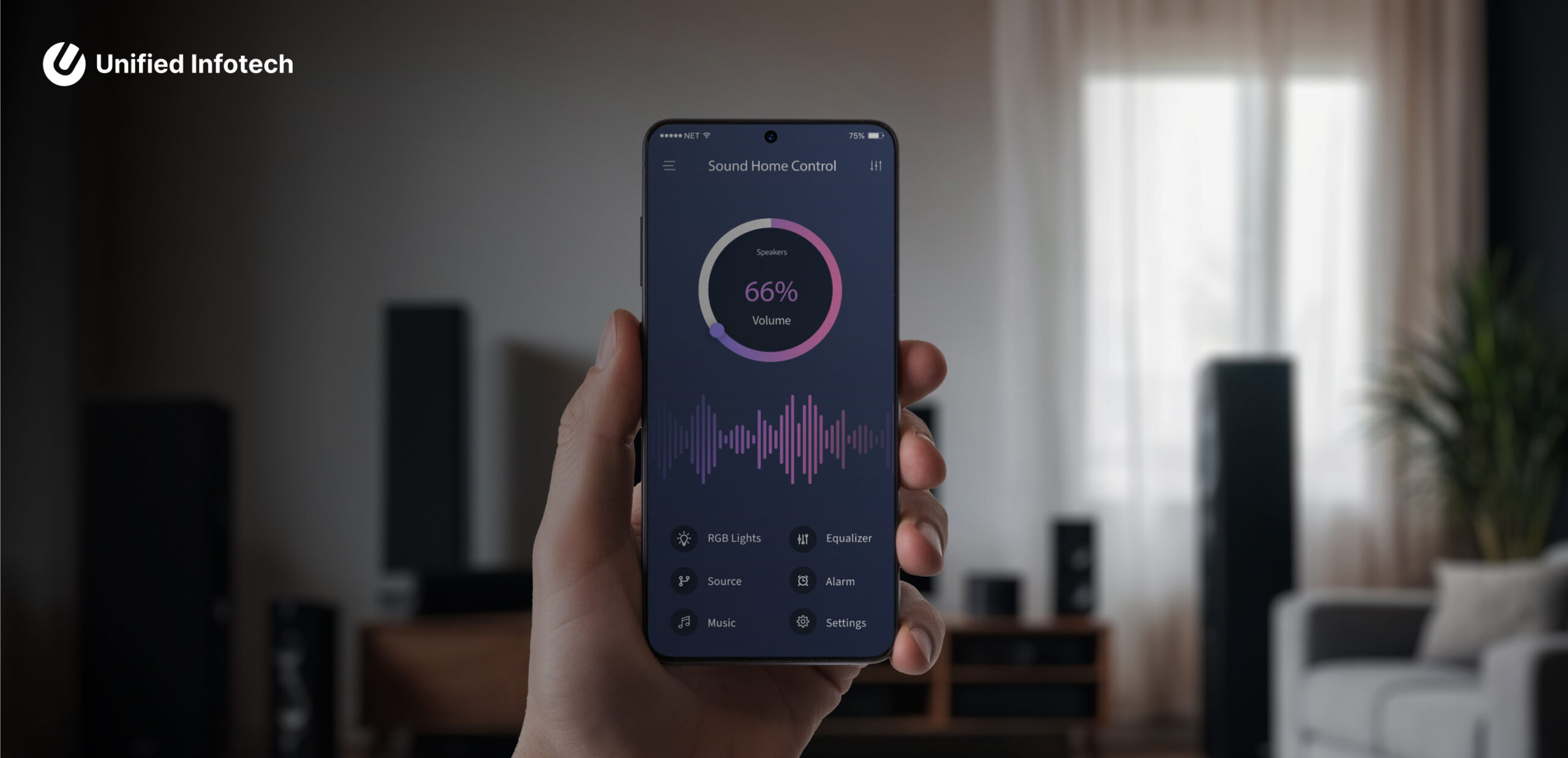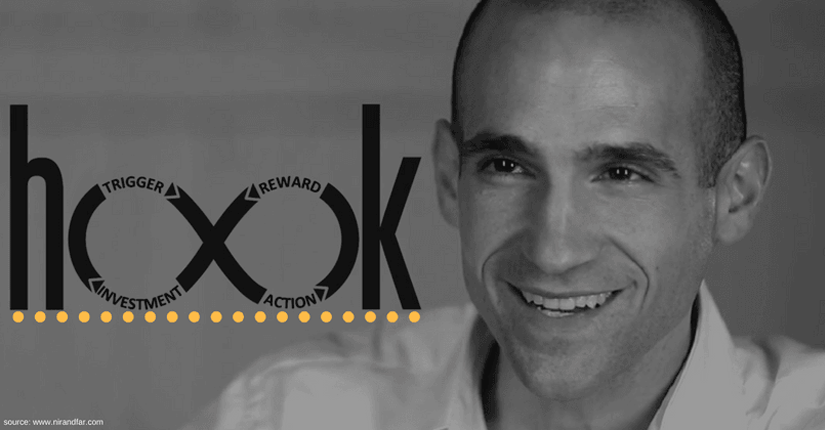
Site Search
How to Make Enterprise Apps Habit Forming

Table of contents

Let's talk
Reach out, we'd love to hear from you!
Do you ever ask why you are totally invested in specific applications and not others? Presently, like never before, innovation has turned into a perpetual accomplice in our lives enabling us to live, work, and play more productively. What precisely is it that holds us returning for more from our most loved items? During the time of steadily expanding diversions, rapidly making client propensities is an important characteristic of successful products. How do organizations make items for individuals to utilize each day? What do the privileged insights of building services that clients adore? In what manner can creators make enterprise app development sufficiently convincing to “hook” users?
Nir Eyal, author of “Hooked: A Guide to Building Habit-Forming Products” explains how you can build a habit-forming technology. Nir is a two-time entrepreneur of Silicon Valley and has taught the “Using Neuroscience to Influence Human Behavior” course at the Stanford Graduate School of Business as a Lecturer. His writing has appeared in Forbes, TechCrunch, Psychology Today and in NirAndFar.com his blog.
Nir Eyal discussed his “Hook” theory at RocketSpace, which consists of four components i.e. Trigger, Action, Reward, & Investment. These components are essential for products to attach to users’ problems regularly enough for them to make a habit.
Stronger User Habit
By forming strong user habits, a company enjoys several benefits to its essential point. This type of companies creates associations with “internal triggers” in user’s minds. This “internal trigger” implies users to come in the site without external prompting. Habit-forming companies get users to prompt themselves to action by connecting their services to the users’ daily emotions and routine. Instead of relying on expensive marketing, these companies concentrate on making a service worth spending time on. Users formed a habit subsequently and think, “I am bored”, and quickly Facebook comes to their mind. Likewise, when they wonder, “What’s going on in the world?” and the instant thought occurs Twitter.
Let’s discuss above-mentioned components to get the bigger picture of the theory
Trigger
The trigger is the actuator of conduct—the spurs plug in the Hook Model. Triggers come in two sorts: internal and external. Habit forming technologies begin by alarming clients with outer triggers like an email, a link to the website, or the application symbol on a telephone. Clients start to shape the relationship with internal triggers by spinning persistently through these hooks that wind up plainly connected to existing practices and feelings. Soon this hooks internally trigger the users each time they feel a specific way. The internal trigger turns out to be a piece of their standard conduct and framed the propensity.
For instance, assume Sonia, a young woman in the USA, happens to see a photograph in her Facebook newsfeed taken by a relative from a country part of the State. It’s an exquisite photograph and since she’s arranging an excursion there with her sibling Peter, the trigger interests her.
Action
After the trigger comes to the planned activity, here organizations use two pulleys of human conduct – motivation, and capacity. The behavior designer makes the activity as simple as could be allowed to build the chances of a client making the expected move, while at the same time boosting the client’s motivation. This period of the Hook draws upon the craftsmanship and science of usability design to guarantee that the client demonstrations the way the planner expects.
Using the case of Sonia, with a tick on the fascinating picture in her newsfeed she’s taken to a site she’s never been to call Pinterest. When she’s set the proposed activity (for this situation, tapping on the photograph), she’s amazed by what she sees next.
Reward
Hooks is separated from plain vanilla feedback for the ability to create a desire in the user for wanting more. Feedback loops are all around us but they don’t create desire all the time. It’s like opening your fridge wanting for something new each time. However, add some variability to the mix and get a different treat which magically appears every time you open it – Voila! Intrigue is created.
Companies use variable schedules of rewards to hook users. Introducing variability increases the effect which activates the desire for wanting for more. Although examples include lotteries and slot machines, flexible rewards are a major component in habit-forming technologies.
When Sonia comes on Pinterest, she is getting the subject what she is interested in but there are some other subjects that catch her attention. The juxtaposition of relevant and irrelevant sets her brain’s dopamine system excited with the promise of reward. Now she is spending more time on the website and before noticing, she has already spent 1-hour scrolling in search of her next hit.
Investment
Investment, the last phase of the Hook theory asks the user to do a bit of work. The phase has two goals – first is to increase the odds where the users will make another pass through the Hook when offered with the next trigger. Second, comes when the user’s brain is reeling in dopamine from the anticipation of getting a reward, now it’s time to pay the bills. By paying bills, Hook theory means asking the user to give some combination of time, effort, data, or money.
The investment suggests an action that recovers the service for the next go-around. Pleasing friends, telling preferences, and learning to use new features are all promises that improve the service for the user. These investments can be used to make the trigger more attractive, the action is easier, and the recompense more thrilling with every pass through the Hook.
As an example, Sonia enjoys scrolling the Pinterest cornucopia and she builds a longing to keep the things that delight her. She will share the site data about her preferences by collecting items. Soon she will track, follow, pin, re-pin, and make investments that serve to upsurge her ties to the site and make her for upcoming loops through the Hook.
So, what do you think? Hooks are everywhere around us. Where do you realize them creating a desire in your life?


